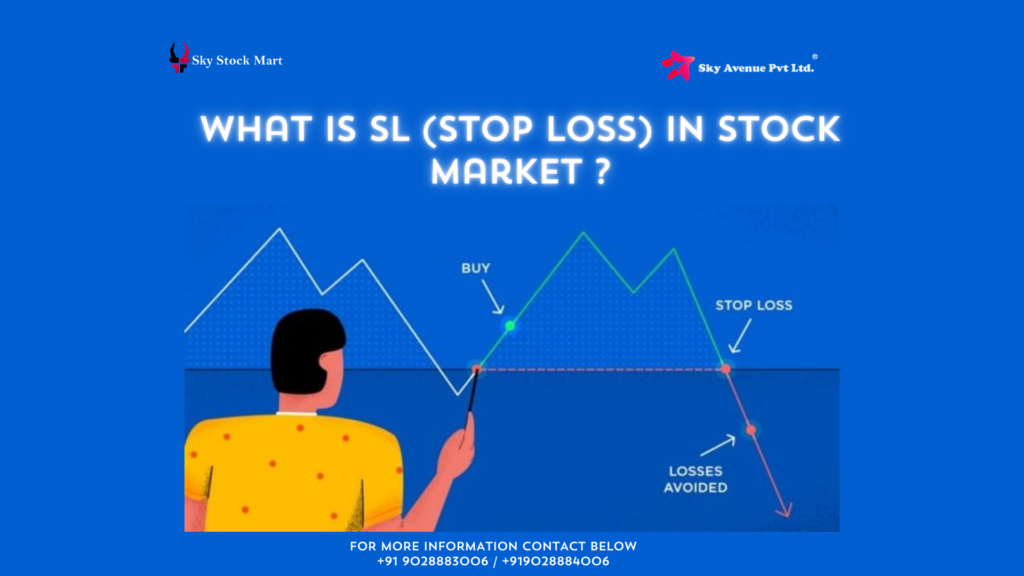Understanding Stop Loss in the Stock Market: A Vital Tool for Investors
What is SL (stop loss) in stock market ?
Introduction:
What is SL (stop loss) in stock market ? In the dynamic world of the stock market, investors employ various strategies to manage risks and protect their investments. One such crucial tool in an investor’s toolkit is the Stop Loss (SL) order. Stop Loss is a risk management technique designed to limit potential losses in trading positions. In this blog post, we will delve into what Stop Loss is, how it works, and why it is an essential component of a successful trading strategy.
Stop Loss Defined:
Stop Loss is an order placed with a broker to buy or sell a stock once it reaches a specific price. The primary purpose of a Stop Loss order is to limit losses by automatically triggering a market order when the stock price hits a predetermined level. This predetermined level is known as the “stop price” or “trigger price.”
How Stop Loss Works:
Imagine you purchase shares of a company at $50 per share, and you set a Stop Loss order with a trigger price of $45. If the stock price falls to or below $45, the Stop Loss order is activated, and your broker will automatically sell the shares at the prevailing market price. This helps you minimize losses by exiting the position before the stock’s decline becomes more significant.
Types of Stop Loss Orders:
- Market Stop Loss:
- A Market Stop Loss order is executed at the best available market price once the trigger price is reached. This ensures a prompt exit from the position but may result in a slightly different selling price than the trigger price.
- Limit Stop Loss:
- A Limit Stop Loss order, on the other hand, is executed at a specific price or better after the trigger price is reached. This allows investors to have more control over the selling price but comes with the risk that the order may not be executed if the market moves quickly.
Importance of Stop Loss:
- Risk Management:
- Stop Loss is a critical tool for managing risks. It helps investors define their maximum acceptable loss on a trade, preventing emotional decision-making during market fluctuations.
- Discipline in Trading:
- Setting and adhering to Stop Loss levels instill discipline in trading. It helps traders avoid the common pitfall of holding onto losing positions with the hope that the market will reverse.
- Peace of Mind:
- Stop Loss orders provide peace of mind to investors, allowing them to participate in the market with a clear exit strategy. This psychological reassurance can lead to better decision-making and improved overall trading performance.
Conclusion:
In the volatile world of the stock market, understanding and implementing Stop Loss orders are crucial for investors seeking to protect their capital. By setting predefined exit points, investors can minimize potential losses, maintain discipline in their trading approach, and navigate the market with greater confidence. Incorporating Stop Loss orders into a comprehensive risk management strategy is an essential step towards achieving long-term success in stock market investing.


